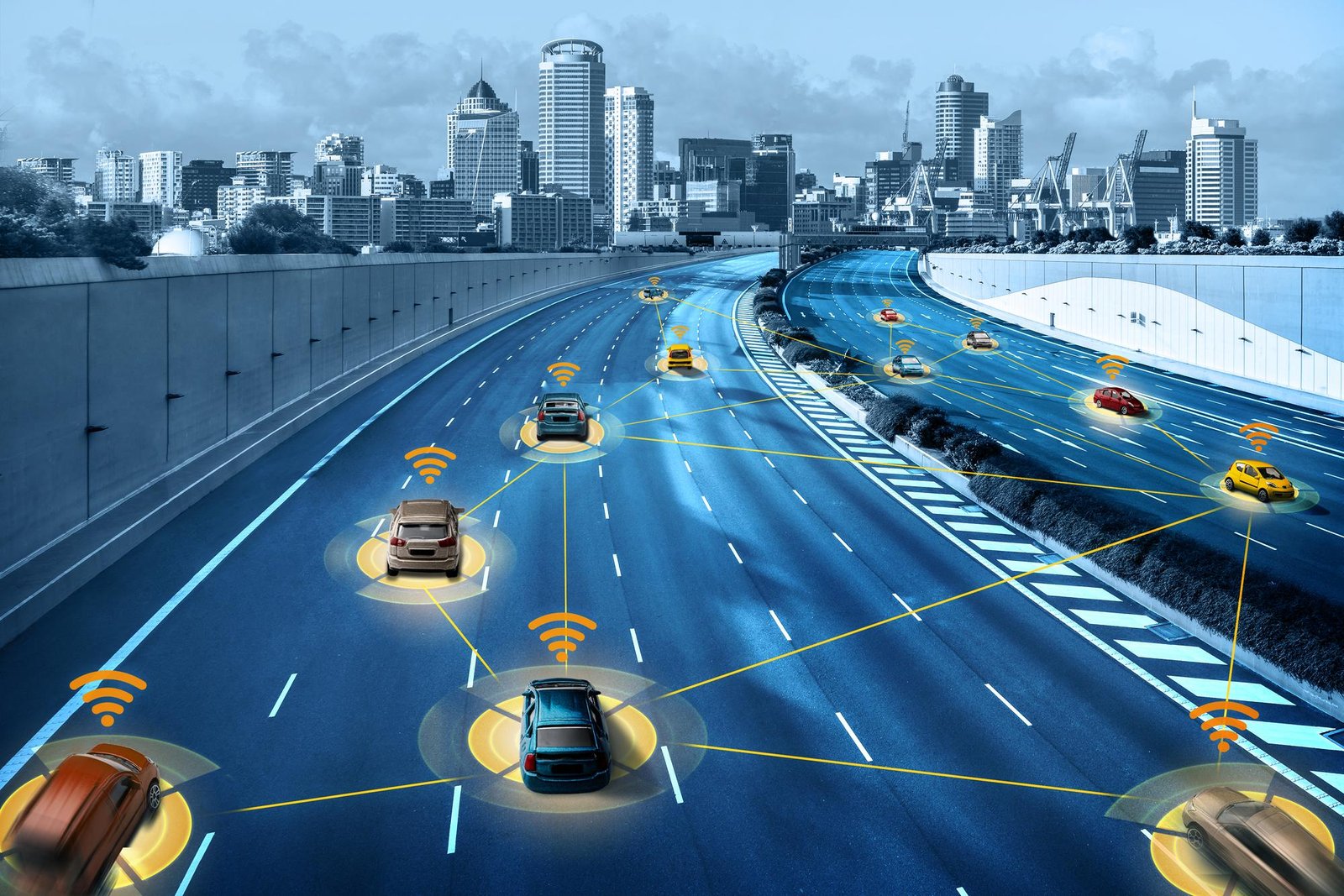Overview
The Vehicle-to-Everything (V2X) market is at the forefront of the intelligent transportation revolution. V2X refers to the communication between vehicles and other systems such as infrastructure (V2I), networks (V2N), pedestrians (V2P), and other vehicles (V2V). In 2025, the V2X market is witnessing rapid adoption fueled by advances in 5G connectivity, the rise of autonomous vehicles, increasing road safety mandates, and smart city initiatives.
Governments and OEMs are investing heavily in V2X technologies to enhance road safety, traffic efficiency, and environmental sustainability. Regulatory support, particularly in regions like the EU and North America, continues to act as a strong market catalyst.
Market Segmentation
- Key Categories
- Technology: Dedicated Short Range Communication (DSRC), Cellular V2X (C-V2X)
- Communication Types: V2V, V2I, V2N, V2P, V2G (Grid)
- Component: Hardware (On-board Units, Road-side Units), Software, Services
- Deployment: Original Equipment Manufacturer (OEM) fitted, Aftermarket
- Target Demographics
- OEMs & Tier 1 suppliers
- Fleet operators & logistics firms
- Public transport authorities
- Smart city & infrastructure developers
- Geographic Regions
- North America: U.S., Canada
- Europe: Germany, France, UK, Netherlands
- Asia-Pacific: China, Japan, South Korea, India
- Rest of the World: Middle East, Latin America, Africa
Key Players
- Qualcomm Technologies Inc.
- Leading C-V2X chipset provider; collaborating with automakers and infrastructure firms globally.
- Continental AG
- Provides integrated V2X hardware and software; focuses on scalable platforms for OEMs.
- Robert Bosch GmbH
- Specializes in roadside infrastructure V2X and cloud-based data exchange systems.
- NXP Semiconductors
- Supplies secure V2X chipsets used widely in Europe and North America.
- Autotalks
- Focused solely on V2X communication chipsets, with deployments across Asia and the EU.
Regional Analysis
North America
- Rapid deployment of connected vehicle corridors.
- Strong government support via DOT’s ITS programs.
- Leading pilot projects in Michigan and California.
Europe
- Mandates around V2X communication in smart mobility.
- Initiatives under C-Roads and EU ITS Directive.
- Strong collaborations between OEMs and telcos.
Asia-Pacific
- Fastest-growing market due to China’s intelligent transport push and Japan’s autonomous vehicle testing.
- Significant government-backed infrastructure upgrades.
Rest of the World
- Gradual adoption led by urbanization and smart city pilots in the Middle East and Latin America.
Latest Developments (2025)
- 5G V2X rollouts are expanding, allowing ultra-low latency communication.
- Regulatory bodies are refining V2X mandates for urban areas.
- Edge computing and AI integration enable real-time decision-making in autonomous driving.
- Cybersecurity in V2X systems is becoming a central focus, with robust encryption standards emerging.
- OEMs like Ford, GM, and Hyundai are embedding V2X in next-gen EVs.
Conclusion
The V2X market represents the convergence of automotive, telecom, and urban infrastructure. It is set to redefine how vehicles interact with their environments, ultimately laying the groundwork for zero-collision, zero-congestion, and zero-emission transportation ecosystems.
By 2030, V2X will not only be essential to autonomous mobility but also to the broader mission of smart cities and climate-conscious innovation. As connectivity becomes the new horsepower, stakeholders across the value chain must accelerate investments and collaborations in V2X technology to stay ahead.
More Related Reports:
Stolen Vehicle Recovery Market
Vehicle Tracking System Market
Electric Vehicle Thermal Management System Market
